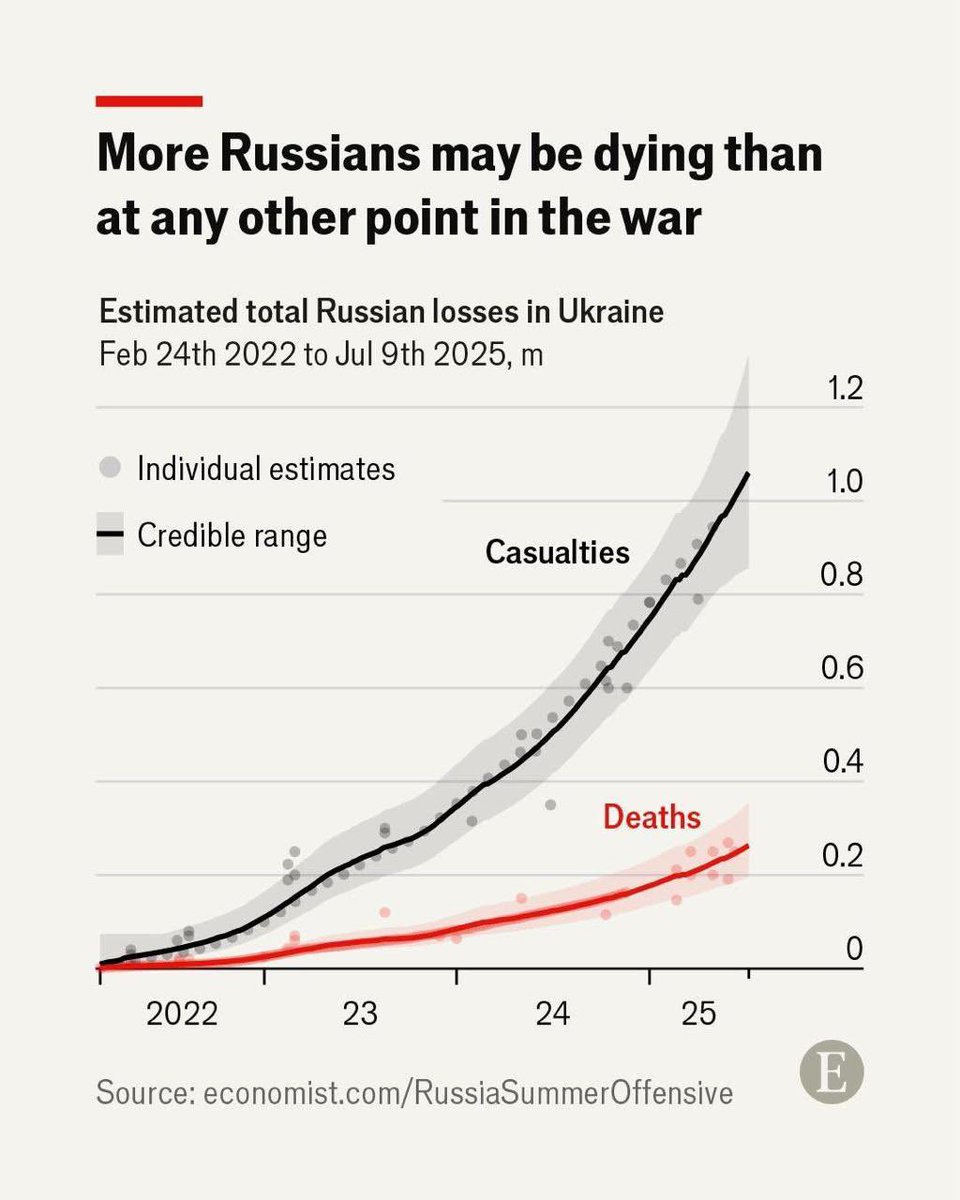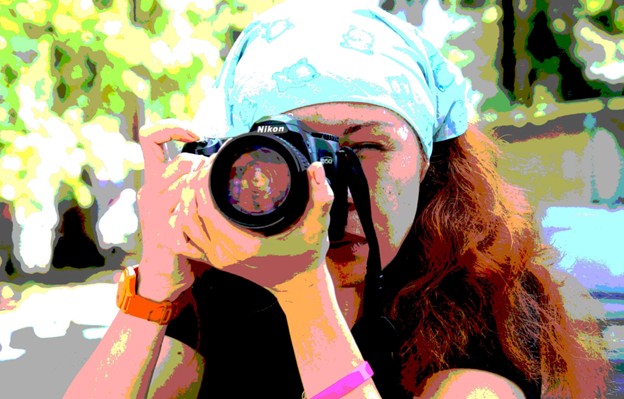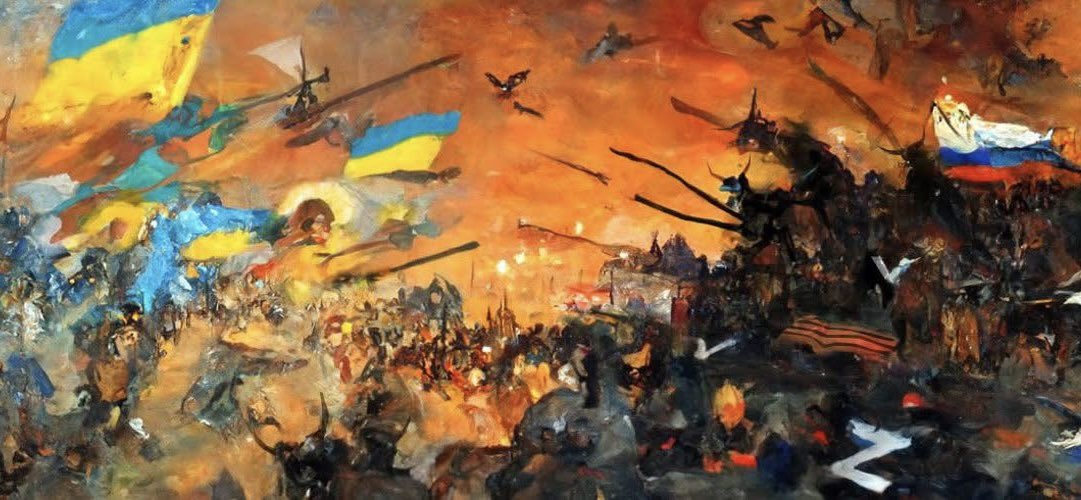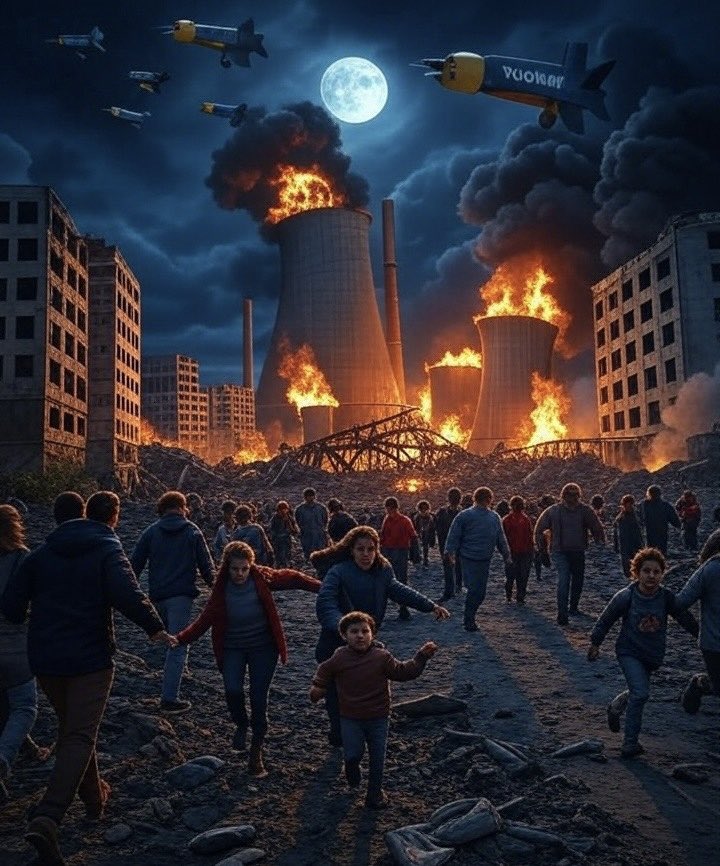Russian casualties in Ukraine have reached staggering new levels.
Russia’s recent casualty rates are the highest since the invasion began. Independent estimates suggest that russian forces are losing 1,000–1,500 soldiers killed or wounded every single day.
1/n
Russia’s recent casualty rates are the highest since the invasion began. Independent estimates suggest that russian forces are losing 1,000–1,500 soldiers killed or wounded every single day.
1/n

2/ Over two years into the full-scale invasion, total russian casualties — killed and wounded — may now exceed 1 million.
3/ Why so high?
• Russia continues large-scale offensives, throwing waves of infantry into attacks regardless of losses.
• Russia continues large-scale offensives, throwing waves of infantry into attacks regardless of losses.
4/ • Ukraine’s defensive strategies have become more effective and adaptive.
• Moscow seems willing to accept extreme losses to achieve even small territorial gains.
• Moscow seems willing to accept extreme losses to achieve even small territorial gains.
• • •
Missing some Tweet in this thread? You can try to
force a refresh










